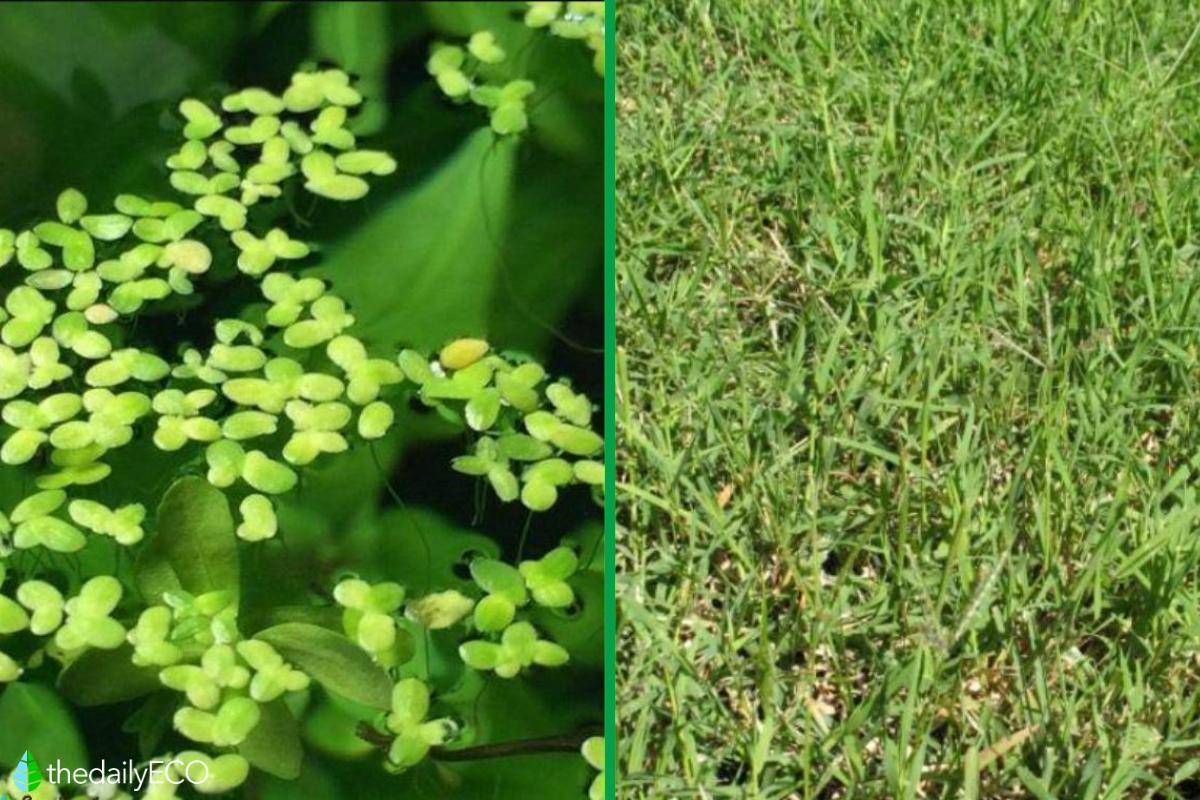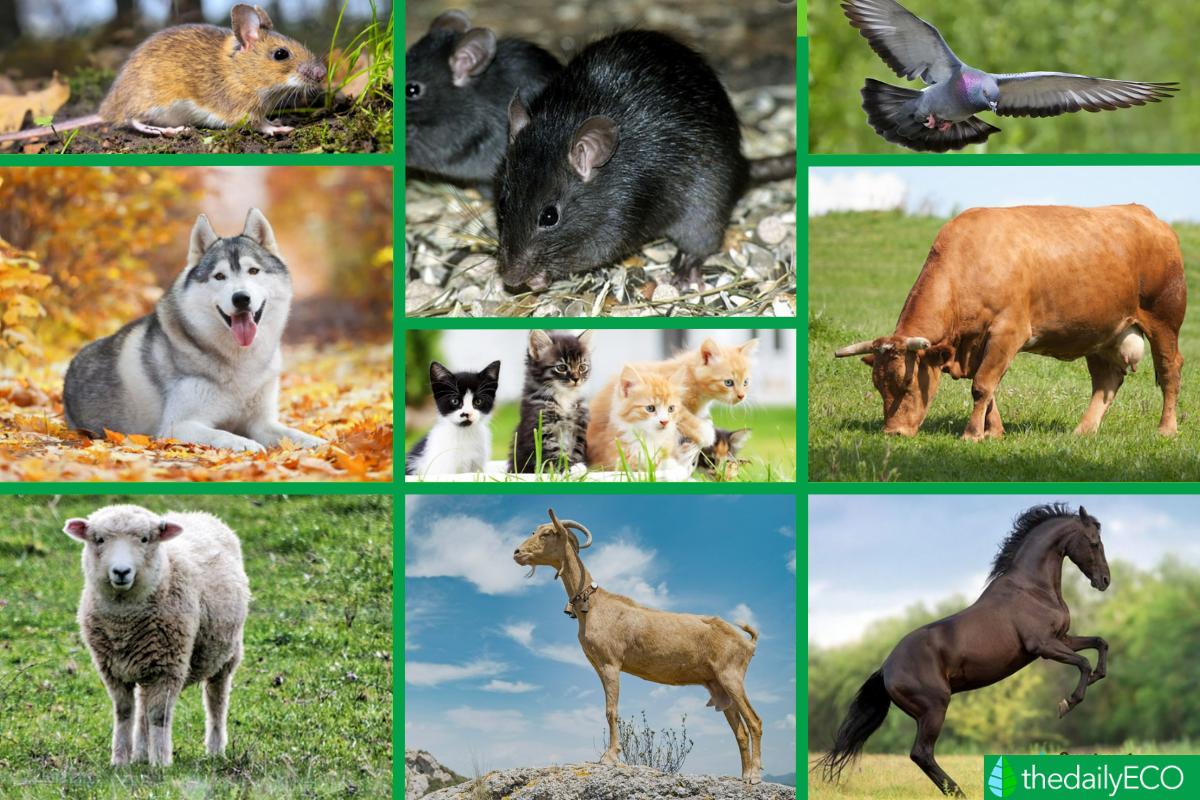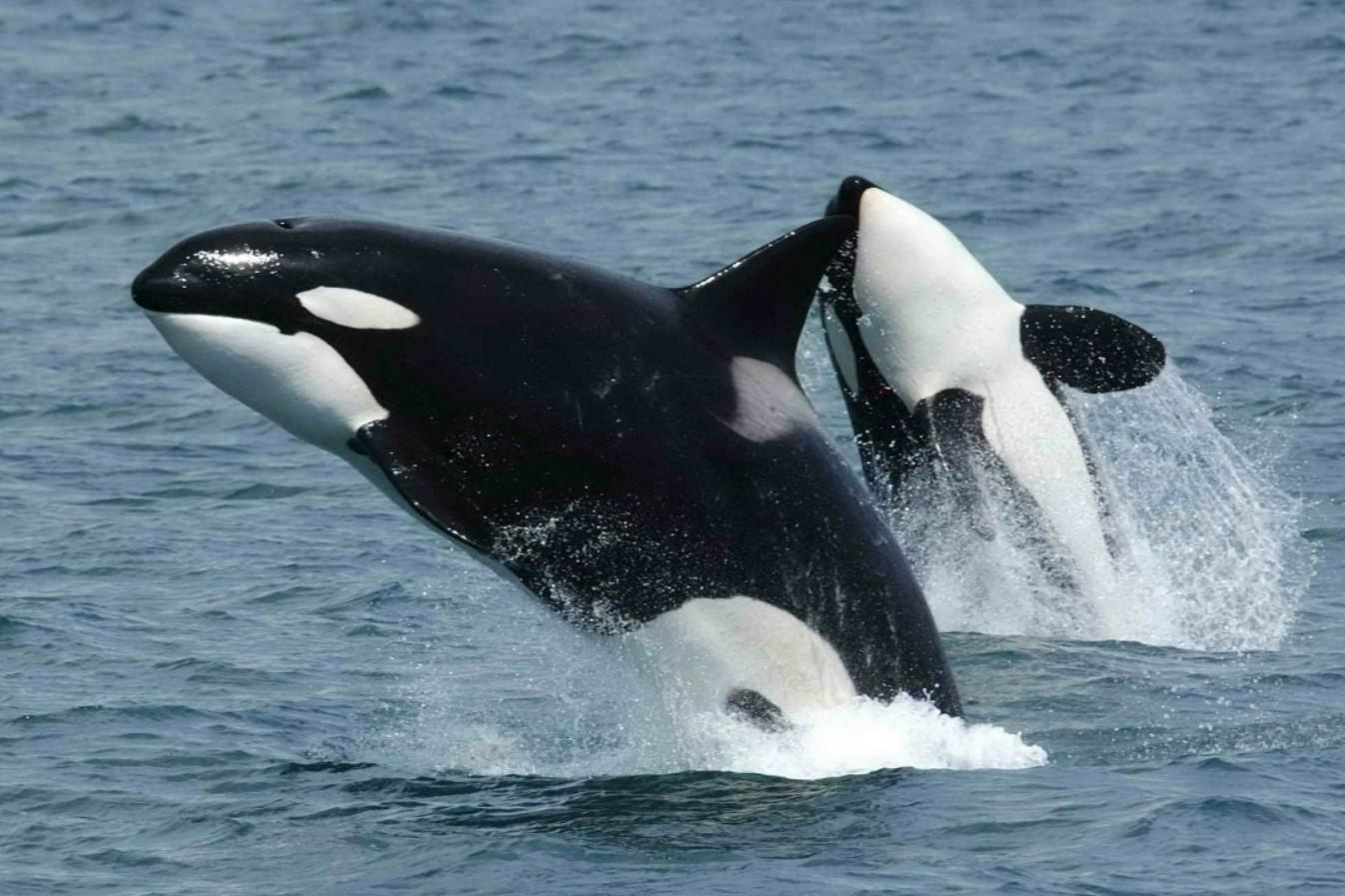Cosmopolitan Animal Species Distribution


Biodiversity on our planet is distributed unevenly. We know this when we compare the scarcity of life somewhere life Antarctica with the abundance of somewhere like the Amazon rainforest. These areas have plant and animal species which are well adapted to their regions. Some of these species are only able to thrive in a given environment, but others are more adaptable. In fact, certain animal species can be found all over the world, as long as the habitats are suitably hospitable. At thedailyECO, we learn more about cosmopolitan animal species distribution by providing a definition and looking at examples in nature.
What is animal distribution?
Throughout our planet, the distribution of living beings is not uniform. Each set of organisms can be distributed in a great diversity of spaces or can be located in only one restricted area. The reasons why one species may only be able to live in one place and not another are various. This can be their ability to adapt and disperse, their evolutionary history, the actions of other species and many others.
The extent of the territory in which a given species can be found is known as its distribution. Evolutionarily speaking, a species starts in a place of origin and then disperses over varying distances to create its distribution. Various mechanisms have allowed this to occur such as the development of migratory behaviors and even human intervention. The same is applied to plant species.
Organisms need certain types of habitat to survive. This is because their behaviors and physical organism have adapted to them over time. Sometimes these habitat requirements are obvious. For example, fish need to live in water. Other factors are less understood. For example, a species may be able to live in one type of rainforest, but cannot live in another due to changes in humidity, temperature or other factors.
Animal species which are able to live in a greater variety of habitats or areas are known to be more ‘plastic’ than others. This is where cosmopolitan animal species distribution comes in.
Learn more about the habitats where plants and animals live with our articles on the different types of ecosystems and the difference between biomes and ecosystems.
What is a cosmopolitan animal species?
A cosmopolitan or universally distributed species is one that can be found almost anywhere in the world. This means they have a wide geographical distribution. The fact that a species is cosmopolitan does not mean that we are going to find it in every corner of the planet. It means it is able to inhabit those environments that are conducive to its survival and that such habitats are the most varied.
In a strict sense, the human being could be considered the only truly cosmopolitan species on the Earth. For this reason, this definition should not be taken literally and should be reserved for those organisms that have a widespread distribution over numerous continents and oceans.
Examples of cosmopolitan animal species and their distribution
Now we know what cosmopolitan animal species distribution is, we can look at some of the most common examples of cosmopolitan animals in nature. Before we do, we should know that plant species are also capable of being cosmopolitan. We look at some examples of them first.
Examples of cosmopolitan plants
Data recovered from Lacoste (1973) indicate that only 25 of the 160,000 known species of higher plants have a cosmopolitan distribution. Two of the most common are:
- Common duckweed (Lemna minor): one of the smallest aquatic plants in existence. It is fast growing and inhabits calm freshwater bodies such as lakes and lagoons. It is capable of accumulating toxic compounds in its tissues, a characteristic that makes it an important species for the treatment of polluted water.
- Bermuda grass (Cynodon dactylon): a common forage grass in gardens, parks, roadsides and railways. It is considered a weed by farmers because it competes strongly with species of agronomic interest. In many places where it has arrived accidentally and has managed to establish itself, it is considered an invasive species.
Examples of cosmopolitan animals
Although only a very small minority of plants are cosmopolitan, there are not many animal species which also fit into this category. One of the main influencing factors of whether an animal species is cosmopolitan is human interference in natural habitats. You can see by the examples of cosmopolitan distribution in animals that they are species closely associated with humans:
- Mice
- Rats
- Pigeons
- Dogs and cats
- Farm animals (cows, sheep, goats, horses, etc.)
Due to their greater dispersal capacity thanks the virtue of flight, many winged insects and birds have achieved a cosmopolitan distribution without the aid of humans. Examples of them include:
- Housefly (Musca domestica): very common in homes. As much as they can be a nuisance to humans, it plays a fundamental role in the decomposition and recycling of organic matter. In turn, it is widely studied because it is easy to reproduce and manipulate in the laboratory, transforming it into a model organism for scientific investigations.
- Barn owl (Tyto alba): a representative of great distribution. Its vocalizations and its habits of perching on sites such as church steeples have given them a slightly sinister reputation, but they are completely harmless and important pest controllers, since they feed mainly on rodents.
If we delve into aquatic ecosystems, the homogeneity of the environment transforms most marine animals into cosmopolitan species. For example:
- Orcas (Orcinus orca): although also known as killer whales, they are not actually whales. They are part of the dolphin family. Their distribution worldwide is known despite the fact they are notoriously hard to track and much of our knowledge is still lacking.
We hope that this article has helped you to resolve doubts and demolish myths about the wonderful biodiversity that surrounds us. If you want to learn about how to better protect the vital environments of flora and fauna, take a look at our article on the types of environmental degradation.
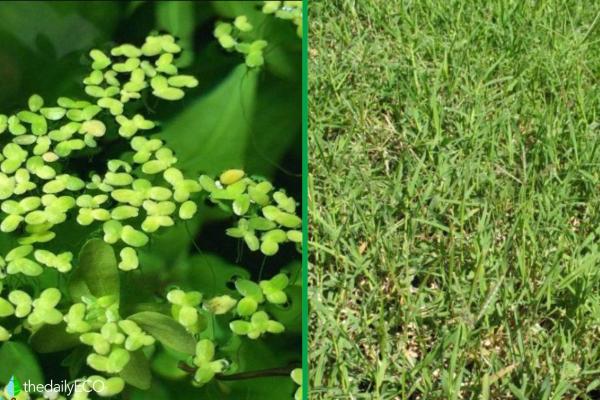
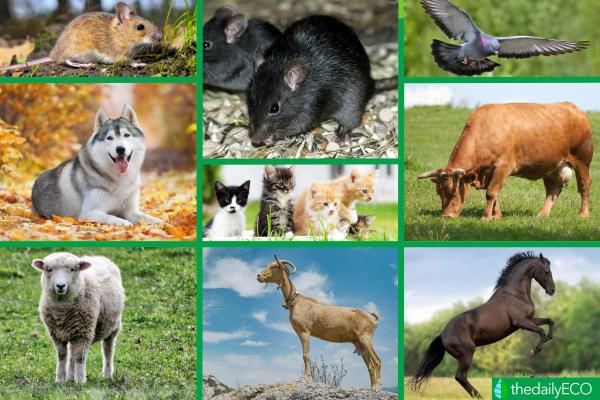
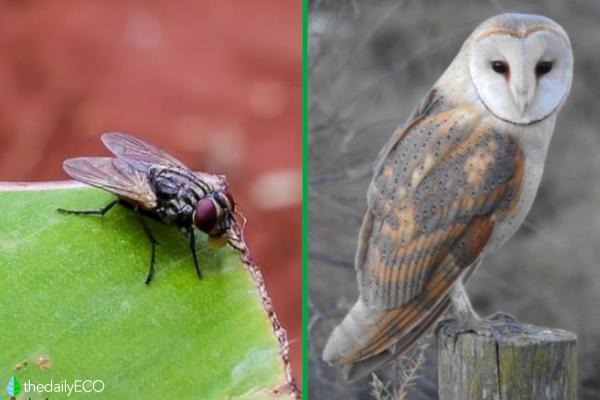
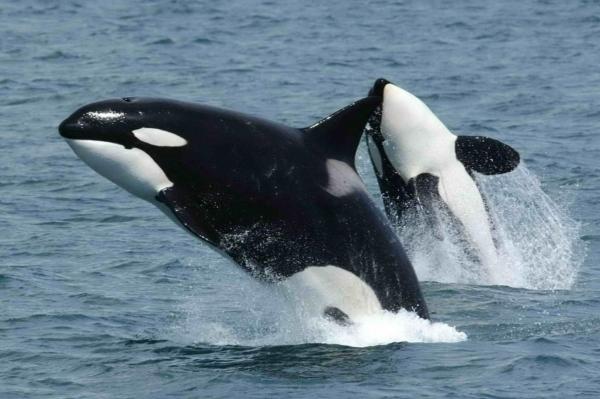
If you want to read similar articles to Cosmopolitan Animal Species Distribution, we recommend you visit our Biology category.
- Arroyabe, M. (2004). Duckweed (Lemna minor L.): a promising aquatic plant . Retrieved from: http://www.scielo.org.co/scielo.php?script=sci_arttext&pid=S1794-12372004000100004
- Cynodon dactylon. (n.d.). Retrieved from: https://es.wikipedia.org/wiki/Cynodon_dactylon
- Diaz San Andrés, A. (2019). Distribution Areas. Retrieved from: https://biogeografia.net/distribucion08.html
- Escobar, P. (2020). Aves Argentinas tells you about "the suindá" a beautiful owl that is about mysticism and a not very encouraging reality about its species. Retrieved from:
https://misionesonline.net/2020/03/28/aves-argentinas-te-cuenta-sobre-el-suinda-una-hermosa-lechuza-que-se-encuentra-entre-el-misticismo-y -a-not-very-encouraging-reality-for-your-species/ - Garcia Codron, J. C. (n.d.). Biogeography. Retrieved from: https://ocw.unican.es/pluginfile.php/2312/mod_resource/content/1/1-Introduccion.pdf
- Lewis, JP (1995). The biosphere and its ecosystems: An introduction to ecology. Ecosur.
- Housefly. Retrieved from: https://hmong.es/wiki/Housefly
- Orca. Retrieved from: https://oceanwide-expeditions.com/es/destacados/vida-silvestre/orca
- Red Audubon. (n.d.). Barn owl. Retrieved from: https://www.audubon.org/es/guia-de-aves/ave/lechuza-de-campanario






